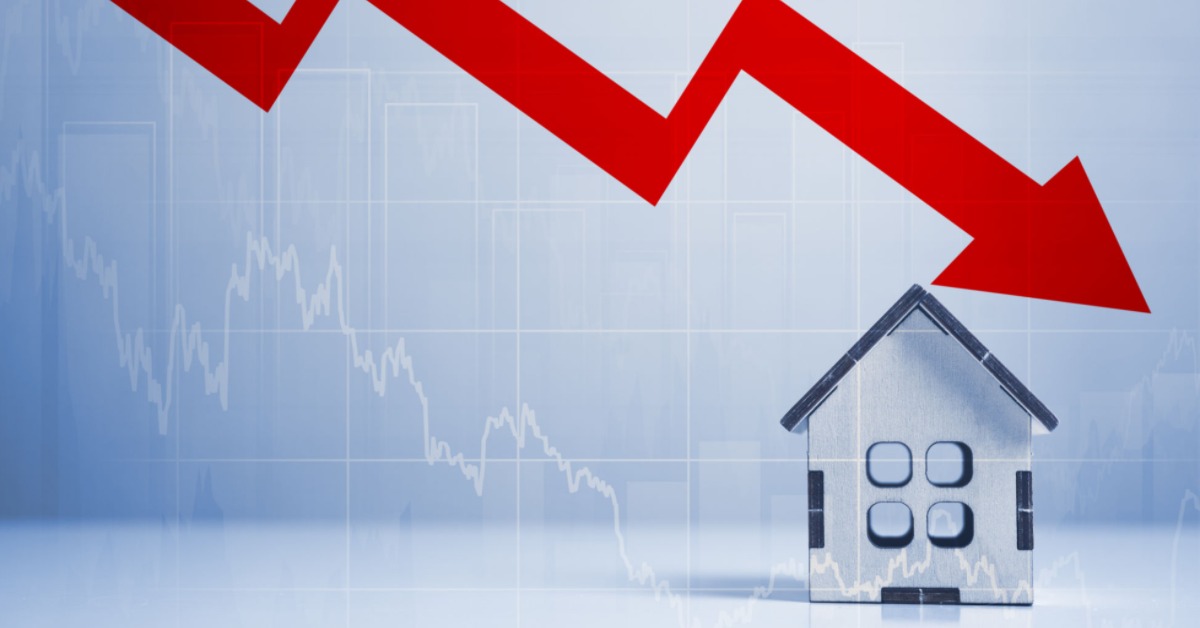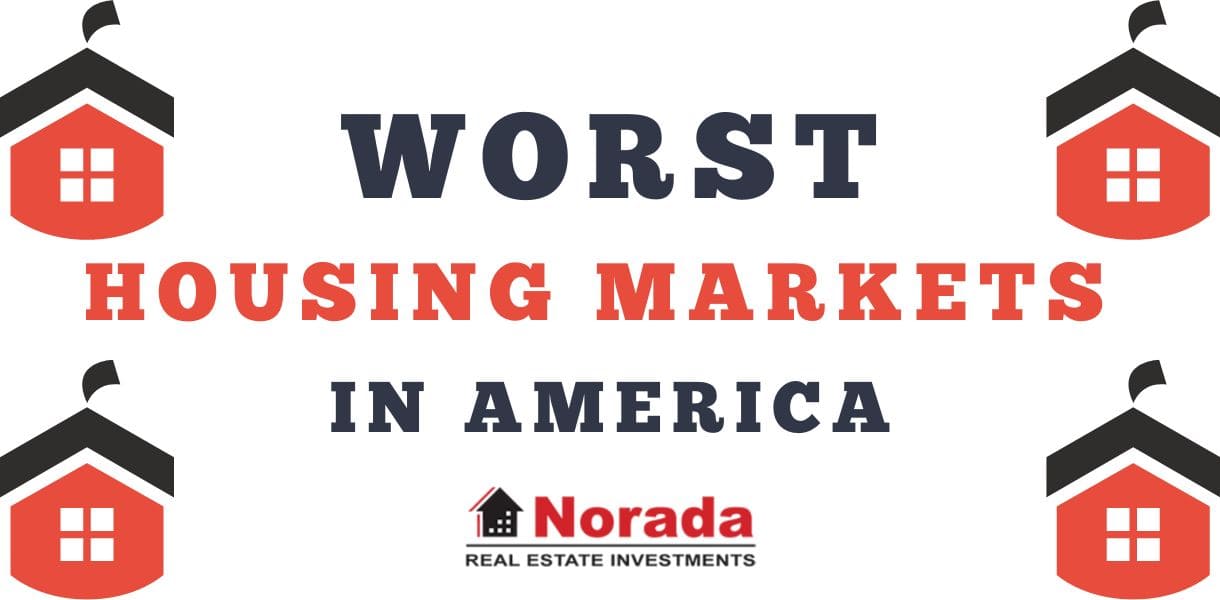Is the California dream fading? It's a question I ponder often, especially when looking at the complexities of our housing market. The California housing market continues to face headwinds in 2025, experiencing a slowdown marked by declining sales and prices in May. This dip is driven by continued economic uncertainty, lingering tariff wars, and persistently high mortgage rates, undermining buyer confidence and demand. Let's dig into why this is happening and what it means for you, whether you're a potential buyer, a current homeowner, or just curious about the Golden State's real estate scene.
California Housing Market Faces Major Downturn Amid Economic Concerns
A Rollercoaster Ride: Where Are Home Sales and Prices Heading?
Imagine you're on a rollercoaster – that's California's housing market right now. We've seen some exhilarating climbs, but lately, it feels like we're on a downward slope. The California Association of Realtors (C.A.R.) reported that in May 2025, existing single-family home sales totaled 254,190 on a seasonally adjusted annualized rate. That's down 5.1 percent from April and 4.0 percent from May 2024.
Here is the summary:
- Home Sales: Down 5.1% from April, 4.0% from May 2024.
- Median Home Price: $900,170, down 1.1% from April, 0.9% from May 2024.
- Year-to-Date Sales: Up only 0.3% statewide.
Statewide, the median home price in May was $900,170, reflecting a 1.1 percent decrease from April and a 0.9 percent decrease from May of the previous year. Although modest, it signals a shift in market dynamics.
Why is this happening?
From my perspective, it's a combination of factors. The initial surge in demand following the pandemic has cooled down, and the reality of higher borrowing costs is setting in. People are hesitant. Will they be able to afford the monthly payments, especially when factoring in other expenses? And the uncertainty around the overall economy doesn't help.
Interest Rates: The Elephant in the Room
Let's talk about interest rates. They play a huge role in housing affordability, and they've been anything but stable lately. While the 30-year fixed-mortgage interest rate averaged 6.82 percent in May, down from 7.06 percent in May 2024, persistent economic uncertainties are keeping these rates elevated, hindering the momentum in the California Housing market. Imagine trying to buy a house and having your budget constantly squeezed by fluctuating interest rates – it’s incredibly frustrating!
Inventory: A Mixed Bag
Inventory, or the number of homes available for sale, is another piece of the puzzle. Total active listings in May rose on a year-over-year basis by nearly 50 percent. This is a pretty significant jump, and it suggests that we're moving away from the extreme seller's market we've seen in recent years. This increase gives buyers more options, but it also means sellers might need to be more flexible on price.
The Unsold Inventory Index (UII), which measures how many months it would take to sell all the homes on the market at the current sales rate, was 3.8 months in May, up from 3.5 months in April and 2.6 months in May 2024. A higher UII means it's taking longer to sell homes, giving buyers more leverage.
Check out this table summarizing inventory trends:
| Metric | May 2025 | April 2025 | May 2024 |
|---|---|---|---|
| Unsold Inventory Index (UII) | 3.8 | 3.5 | 2.6 |
| Active Listings | Up ~50% | N/A | N/A |
Regional Differences: It's Not Just One California
California is a big state, and the housing market varies significantly from region to region.
Let's break down the regional performance:
- Central Coast: Experienced the largest sales drop from last year, down 8.4 percent. However, it saw the highest price increase, up 6.2%. It is primarily due to a number of factors in cluding insurance availability or affordability.
- San Francisco Bay Area: Sales fell 8.2 percent, and prices declined 3.8 percent.
- Southern California: Sales decreased 7.6 percent, but prices rose slightly by 0.9 percent.
- Central Valley: Sales dipped 5.2 percent, and prices edged up 0.6 percent.
- Far North: The only region with a slight sales gain of 0.5 percent, but prices fell 3.8 percent.
This shows that while some areas are struggling, others are holding relatively steady. Understanding these regional differences is crucial when making real estate decisions.
Buyer Sentiment: Are People Still Optimistic?
Despite the challenges, there's a glimmer of optimism among potential homebuyers. C.A.R. reported that consumers who believed “now is a good time to buy” climbed to 26 percent in May, the highest level since February 2022. This suggests that some buyers are seeing opportunities in the current market, perhaps hoping to snag a deal as prices moderate and inventory increases.
Why the optimism?
I think it's because people recognize that the market can't stay red-hot forever. The thought is that if prices stabilize or even dip slightly, and inventory improves, it could be a good time to buy before interest rates potentially rise again. The old adage, “Buy when others are fearful” comes into play.
Looking Ahead: What Can We Expect?
Predicting the future is always tricky, but here are a few thoughts based on the current trends:
- Price Moderation: I expect home prices will continue to moderate, especially as we move into the second half of the year. Seasonality will play a role, with prices typically cooling off during the fall and winter months.
- Inventory Growth: As new listings continue to come onto the market, buyers will have more choices. However, the pace of inventory growth may slow down in the coming months.
- Interest Rate Sensitivity: The market will remain highly sensitive to changes in interest rates. Any significant increase could further dampen demand, while a decrease could provide a boost.
- Regional Variations: The performance of the housing market will continue to vary across different regions of California. Some areas will likely see greater price declines than others.
What does it all mean for you?
If you're a buyer, this could be a good time to get into the market. You'll have more options, less competition, and potentially more room to negotiate on price. Just be sure to do your homework, get pre-approved for a mortgage, and work with a knowledgeable real estate agent.
If you're a seller, you might need to adjust your expectations. It's no longer a guaranteed quick sale at top dollar. Be prepared to price your home competitively and consider making some upgrades to attract buyers.
Here's the truth: It may be a good time to seek the help of a real-estate professional who knows the intricacies of the local real estate market.
Final Thoughts: The California housing market continues to face headwinds, but it's important to remember that real estate is a long-term investment. The market will eventually rebound, and California will remain a desirable place to live.
Invest in Real Estate in the Top U.S. Markets
Discover high-quality, ready-to-rent properties designed to deliver consistent returns.
Contact us today to expand your real estate portfolio with confidence.
Contact our investment counselors (No Obligation):
(800) 611-3060
Related Articles:
- Is the California Housing Market Heading for a Crash or Correction?
- California Housing Market Predictions 2025
- California Housing Market Rebounds With Highest Sales in 2 Years
- The Great Recession and California's Housing Market Crash: A Retrospective
- California Housing Market Cools Down: Is it a Buyer's Market Yet?
- California Dominates Housing With 7 of Top 10 Priciest Markets
- Real Estate Forecast Next 5 Years California: Boom or Crash?
- Anaheim, California Joins Trillion-Dollar Club of Housing Markets
- California Housing Market: Nearly $174,000 Needed to Buy a Home
- Most Expensive Housing Markets in California
- Abandoned Houses for Free California: Can You Own Them?
- California Housing in High Demand: 19 Golden State Cities Sizzle
- Homes Under 50k in California: Where to Find Them?
- Will the California Housing Market Crash?
- California Housing Market Crash: Is a Correction Coming Up?





